Global Green Data Center Market - Comprehensive Data-Driven Market Analysis & Strategic Outlook
The global green data center market has gradually reshaped the information technology industry by addressing one of its greatest challenges energy efficiency. It began in the early 2000s when the sudden growth of cloud computing and internet storage brought to light the immense environmental cost of data processing. Early data centers guzzled huge amounts of electricity, which were usually drawn from fossil fuels, forcing organizations and governments to question the environmental viability of their virtual infrastructure. Green computing, as a movement, originated as a niche but eventually became a worldwide movement that transformed the manner in which virtual facilities would be constructed and run.
- Global green data center market size of about USD 50.4 Billion in 2025, expanding at a CAGR of about 26.5% during the forecast period of 2032, having the potential to reach USD 261.4 Billion.
- Monitoring & Management System has almost 16.8% market share, taking the leadership position in innovation and increasing applications with aggressive research.
- Major growth drivers: Increasing Environmental Sustainability Awareness, Increasing Energy Prices and Carbon Emission Regulations
- Opportunities are: Adoption of Innovative Cooling Technologies
- Key insight: The value of the market will expand exponentially over the next decade, revealing exceptional growth opportunities.
- By the mid-2010s, a combination of regulatory push, corporate sustainability ambitions, and public awareness initiated the initial great wave of change.
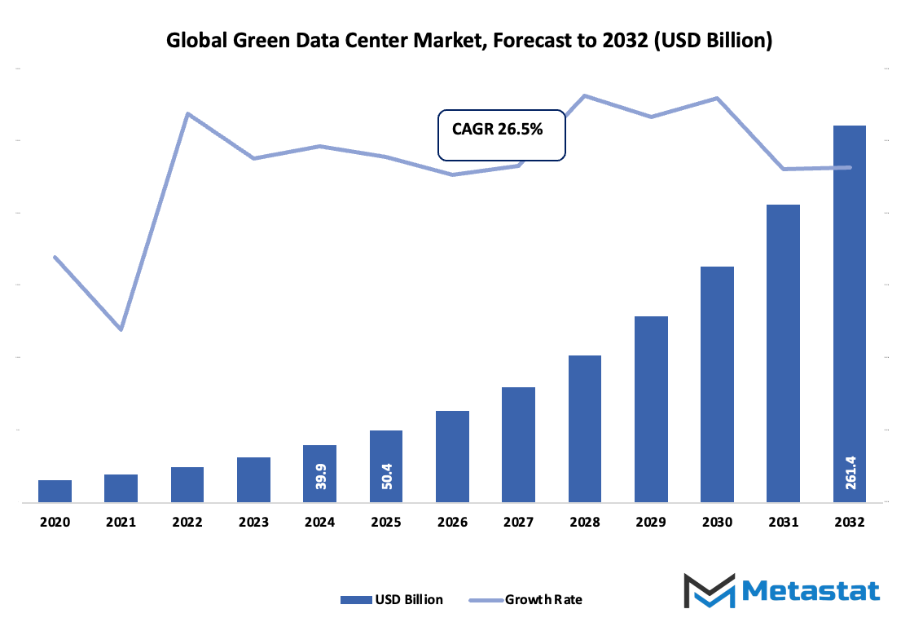
Companies started integrating renewable sources of power such as wind and solar power into their data processes. Cooling infrastructures, which used to be the largest energy consuming system, proved to be the development topic from conventional air conditioning to liquid and free-air cooling methods. The international Green Data Center market began truly gaining momentum when leading technology players made carbon-neutral commitments, establishing benchmarks for sectors that made it a point of cross-industry emulation. Consumer demand has also been propelling the expansion of this market. Internet users came to prefer companies that were environmentally friendly, and this led technology moguls and small businesses alike to repurpose their web infrastructure. Governments around the world introduced policies that made data centers reduce emissions and go green-certified. These trends made sustainability a desirable add-on rather than an operational requirement. In the coming years, the international Green Data Center market will transform further with advancements in artificial intelligence, edge computing, and modular infrastructure.
Next-generation models will focus on auto-adaptive systems with real-time monitoring and management of energy consumption. As digital dependence increases in businesses worldwide, the focus of the market will be from energy efficiency to an end-to-end approach embracing circular economy thinking, recyclability, and net-zero buildings. From the early stages of being an experiment in sustainability, it will be a prototype for the future of sustainable technology, demonstrating how innovation and sustainability can coexist.
Market Segments
The global green data center market is mainly classified based on Solution, Services, Enterprise Size, End-use.
By Solution is further segmented into:
- Monitoring & Management System: The global green data center market monitoring and management system is concentrated on optimized control of resources in order to minimize energy consumption. Monitoring involves power usage, temperature, and server performance for enhanced sustainability. Monitoring in real time ensures that performance is balanced with ecological responsibility.
- Cooling System: The cooling system of the market is to provide a suitable temperature to avoid equipment overheating. Energy-efficient cooling methods like liquid cooling and free-air cooling lower the cost of running. The emphasis is on maintaining stability in temperature without increasing the environmental impact of conventional cooling methods.
- Networking System: The worldwide Green Data Center market's network system provides efficient data transfer with minimum energy consumption. It links servers and storage with power-efficient switches and routers. A well-designed network provides minimum power usage and greater performance, leading to green operation and lower carbon emissions.
- Power Systems: Power solutions for the market are designed to provide high-efficiency power with less waste. Solar power and wind power are used to substitute traditional power. Low-loss power distribution units and smart grids improve energy management and minimize operation costs for a building.
- Others: Other solutions that can be found in the global green data center market are energy-efficient equipment, software optimization solutions, and automation technologies. These technologies complement each other to lower the total energy usage and increase sustainability. Support for artificial intelligence and machine learning enables predictive management to increase efficiency and improve resource use.
By Services the market is divided into:
- Installation & Deployment: Installation and deployment services in the global green data center market are aimed at installing efficient systems. They include the installation of layouts, the implementation of green components, and maintaining green standards. The focus is to attain centers with minimal wastage and maximum long-term operational efficiency.
- Consulting: Green Data Center consultancy offers advice on greenning with technology. Specialists help assess the current infrastructure and recommend upgrades for optimum energy performance. The emphasis is on enhancing power efficiency, minimizing costs, and facilitating smooth transition towards cleaner data management techniques.
- Support & Maintenance: Support and maintenance units in the global green data center market provide ongoing uptime with low system failure. Routine checks, performance tests, and software upgrades are included in them. Maintenance avoids system breakdown, reliability improves, and prolongs the life of green technology in the structures.
By Enterprise Size the market is further divided into:
- Large Enterprises: global green data center market major players spend a lot on green data infrastructure. They remain committed to minimizing carbon footprints through renewable power and energy-efficient equipment. They possess the financial muscles to roll out new solutions to help boost productivity while making sure they meet the environmental conditions in a timely fashion.
- SMEs: Small and medium-sized businesses in the global green data center market are slowly embracing green technology to reduce operating expenses. Economical alternatives like modular data centers and shared facilities enable smaller organizations to go green. The segment is expanding because of growing awareness of the advantages of sustainability.
By End-use the global green data center market is divided as:
- BFSI: The BFSI sector in the global green data center market prioritizes energy-efficient operations to handle large volumes of sensitive data. Sustainable centers help reduce energy costs while ensuring data security and compliance. The sector focuses on enhancing performance and maintaining trust through eco-friendly digital infrastructure.
- Retail: The retail segment in the market depends on green technology for managing online transactions and customer data. Energy-efficient systems support continuous operation during peak demand. Retailers use sustainable data centers to cut costs, improve digital services, and meet environmental responsibility goals.
- IT & Telecom: The IT & telecom sector in the market leads adoption due to high data demand. Green centers help manage heavy workloads efficiently with less power use. The focus remains on sustainable operations to handle cloud services, communication networks, and large-scale digital storage needs.
- Healthcare: The healthcare sector in the market relies on green infrastructure to store patient records and research data safely. Energy-efficient systems support continuous availability of medical information. Sustainable operations also help meet environmental standards while ensuring reliability and accuracy in healthcare data management.
- Manufacturing: Manufacturing applications in the market focus on optimizing production data and supply chain management. Green technologies reduce energy use in automated systems. Data centers help manufacturers monitor equipment performance while supporting sustainability targets and lowering overall environmental impact.
- Government & Defense: Government and defense sectors in the market adopt sustainable systems for secure data management. Green technologies ensure efficient power use and enhanced cybersecurity. Focus remains on reducing environmental impact while maintaining reliability and data integrity in critical public and defense operations.
- Others: Other end-users in the global green data center market include education, logistics, and entertainment industries. These sectors use Green Data Centers to improve digital service quality and reduce carbon emissions. Adoption of renewable energy and efficient systems supports both cost savings and environmental goals.
|
Forecast Period |
2025-2032 |
|
Market Size in 2025 |
$50.4 Billion |
|
Market Size by 2032 |
$261.4 Billion |
|
Growth Rate from 2025 to 2032 |
26.5% |
|
Base Year |
2024 |
|
Regions Covered |
North America, Europe, Asia-Pacific, South America, Middle East & Africa |
By Region:
- Based on geography, the global green data center market is divided into North America, Europe, Asia-Pacific, South America, and the Middle East & Africa.
- North America is further divided into the U.S., Canada, and Mexico, whereas Europe consists of the UK, Germany, France, Italy, and the Rest of Europe.
- Asia-Pacific is segmented into India, China, Japan, South Korea, and the Rest of Asia-Pacific.
- The South America region includes Brazil, Argentina, and the Rest of South America, while the Middle East & Africa is categorized into GCC Countries, Egypt, South Africa, and the Rest of the Middle East & Africa.
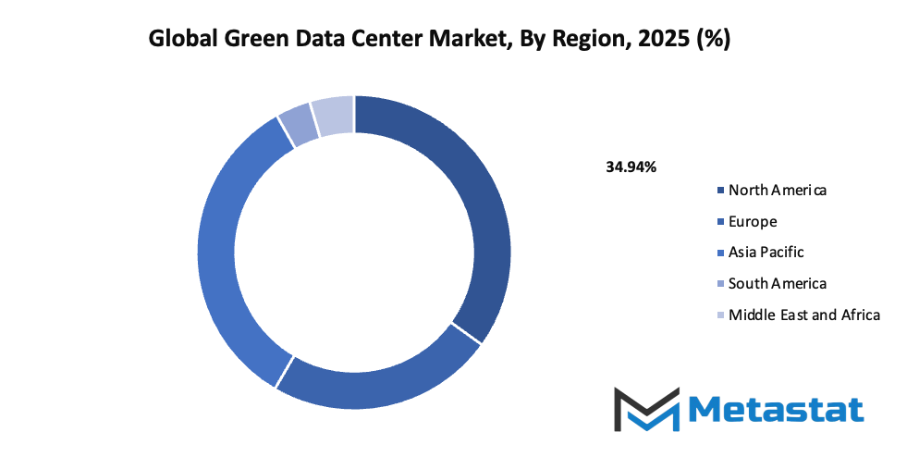
Growth Drivers
- Increasing Awareness of Environmental Sustainability: The global green data center market benefits from the growing understanding of the need to protect the environment. Many companies are now adopting cleaner technologies to minimize carbon footprints and energy consumption. Sustainable practices have become essential for maintaining brand reputation and meeting regulatory expectations, encouraging wider adoption of Green Data Centers.
- Rising Energy Costs and Carbon Emission Regulations: The rise in electricity prices and strict emission standards is pushing organizations toward energy-efficient data centers. The global green data center market is gaining attention as businesses seek ways to lower operational expenses while complying with government policies. Using renewable energy and efficient cooling systems helps in achieving both cost and regulatory goals.
Challenges and Opportunities
- Initial High Investment Costs: One of the main hurdles in the global green data center market is the significant upfront expenditure. Building energy-efficient infrastructure requires advanced equipment, renewable power systems, and modern cooling solutions, which raise initial costs. However, long-term savings from reduced energy usage often offset these expenses over time.
- Limited Availability of Renewable Energy Sources: The market struggles with restricted access to reliable renewable energy. In many regions, solar, wind, or hydro energy sources are either insufficient or expensive to maintain. This limitation slows the adoption of fully sustainable data centers, despite the growing demand for environmentally friendly operations.
- Opportunities
- Adoption of Innovative Cooling Technologies: The global green data center market is advancing through the use of modern cooling systems. Techniques such as liquid and free-air cooling reduce energy consumption while maintaining optimal performance. These solutions lower operational expenses, support sustainability goals, and improve data center efficiency, making them vital for future development.
Competitive Landscape & Strategic Insights
The global green data center market is moving toward a future shaped by innovation, sustainability, and technological advancement. As demand for energy-efficient digital infrastructure continues to grow, the market is witnessing a shift toward environmentally responsible solutions that reduce carbon emissions and operational costs. This transformation is not only driven by the growing awareness of environmental issues but also by the continuous rise in data generation and cloud-based services. Governments, businesses, and consumers are increasingly favoring systems that balance performance with environmental responsibility, making energy optimization a critical goal for the future.
The industry is a mix of both international industry leaders and emerging regional competitors. Important competitors include VMware, Delta Power Solutions, Schneider Electric, IBM, Eaton, Cisco Systems, Equinix, Digital Realty, Fujitsu Ltd, Switch, Dell EMC Inc., Hitachi Ltd, Vertiv Corporation, Huawei, and SAP in the market. These companies are at the forefront of developing sustainable data solutions through advanced power management, renewable energy integration, and efficient cooling technologies. Their strategies often focus on improving infrastructure design and adopting AI-driven automation to manage power usage and reduce waste.
In the coming years, the focus will likely move toward hybrid energy systems that blend solar, wind, and other renewable sources to support data operations. The shift toward liquid cooling systems and intelligent monitoring will also become standard practice to ensure minimal environmental impact. As energy costs continue to rise, companies are expected to invest heavily in research and development to enhance the energy-to-performance ratio. Edge computing is another area expected to grow, helping reduce data transmission energy and latency, which contributes further to sustainability goals.
Regulatory support will continue to play an essential role in this evolution. Many governments are introducing stricter energy efficiency and emissions standards, encouraging organizations to upgrade their facilities to meet compliance requirements. Tax incentives and sustainability certifications are also becoming motivators for companies to adopt green technologies. The collaboration between technology providers, energy firms, and infrastructure developers will drive progress and create new opportunities for innovation.
Market size is forecast to rise from USD 50.4 Billion in 2025 to over USD 261.4 Billion by 2032. Green Data Center will maintain dominance but face growing competition from emerging formats.
Looking ahead, the Green Data Center market will become a core component of global digital transformation. As technology continues to advance, future data centers will operate more intelligently, predict energy needs, and automatically adjust power consumption for optimal efficiency. The combination of renewable energy, automation, and sustainable design will define the next generation of data centers, leading to a cleaner, smarter, and more resilient digital ecosystem. This approach not only supports global sustainability goals but also sets the foundation for a more energy-conscious digital economy that benefits both the environment and industry growth.
Report Coverage
This research report categorizes the global green data center market based on various segments and regions, forecasts revenue growth, and analyzes trends in each submarket. The report analyses the key growth drivers, opportunities, and challenges influencing the global green data center market. Recent market developments and competitive strategies such as expansion, type launch, development, partnership, merger, and acquisition have been included to draw the competitive landscape in the market. The report strategically identifies and profiles the key market players and analyses their core competencies in each sub-segment of the global green data center market.
Green Data Center Market Key Segments:
By Solution
- Monitoring & Management System
- Cooling System
- Networking System
- Power Systems
- Others
By Services
- Installation & Deployment
- Consulting
- Support & Maintenance
By Enterprise Size
- Large Enterprises
- SMEs
By End-use
- BFSI
- Retail
- IT & Telecom
- Healthcare
- Manufacturing
- Government & Defense
- Others
Key Global Green Data Center Industry Players
- VMware
- Delta Power Solutions
- Schneider Electric
- IBM
- Eaton
- Cisco Systems
- Equinix
- Digital Realty
- Fujitsu Ltd
- Switch
- Dell EMC Inc.
- Hitachi Ltd
- Vertiv Corporation
- Huawei
- SAP
WHAT REPORT PROVIDES
- Full in-depth analysis of the parent Industry
- Important changes in market and its dynamics
- Segmentation details of the market
- Former, on-going, and projected market analysis in terms of volume and value
- Assessment of niche industry developments
- Market share analysis
- Key strategies of major players
- Emerging segments and regional growth potential



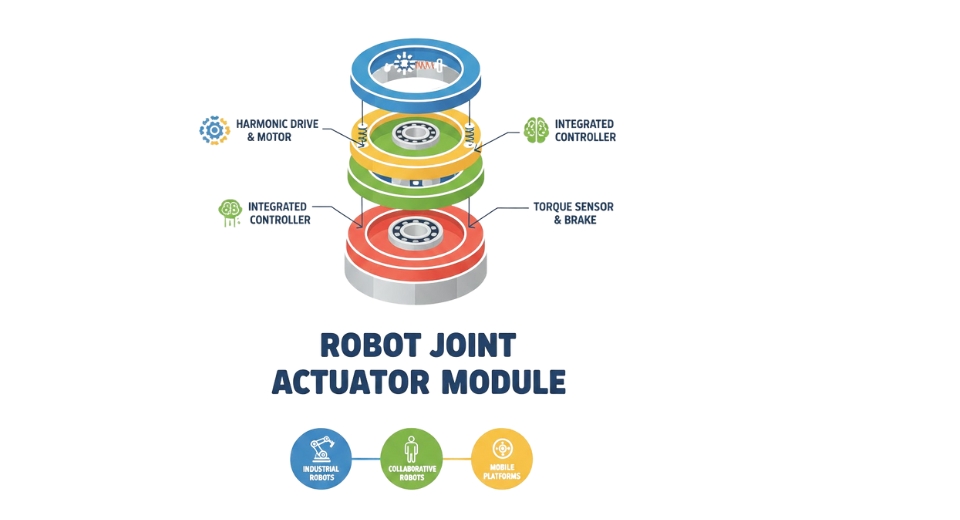
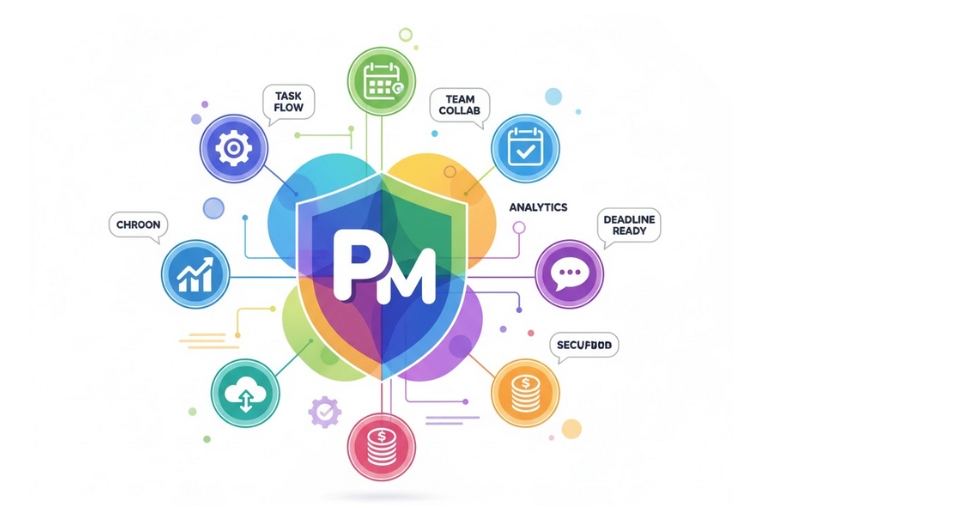
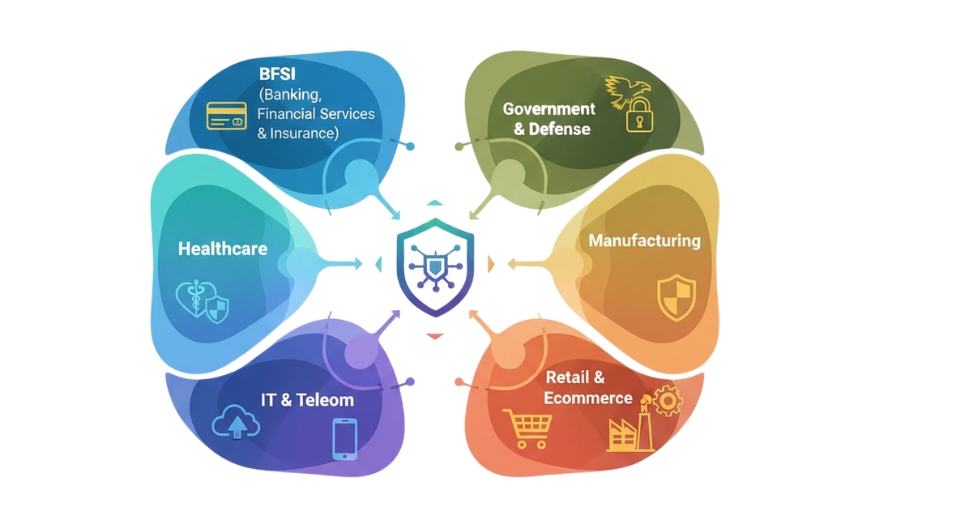
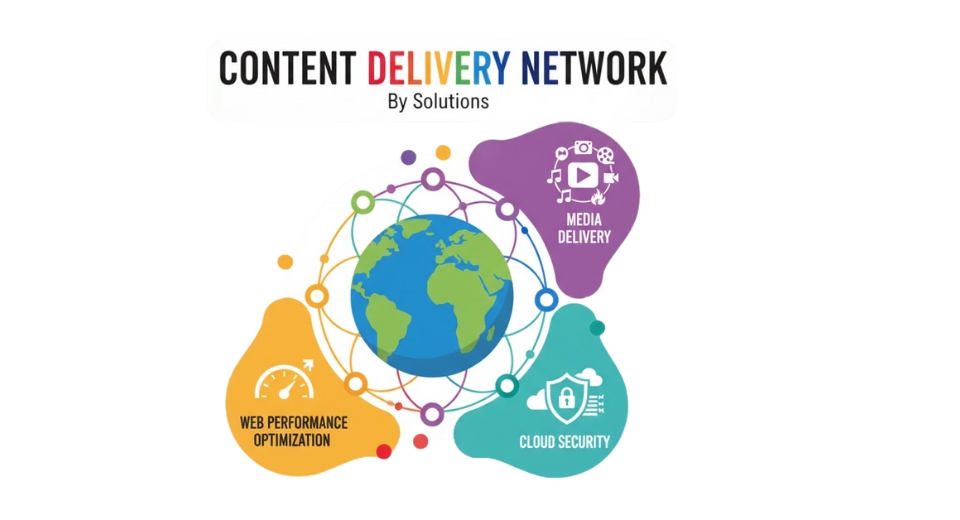

 US: +1 3023308252
US: +1 3023308252






